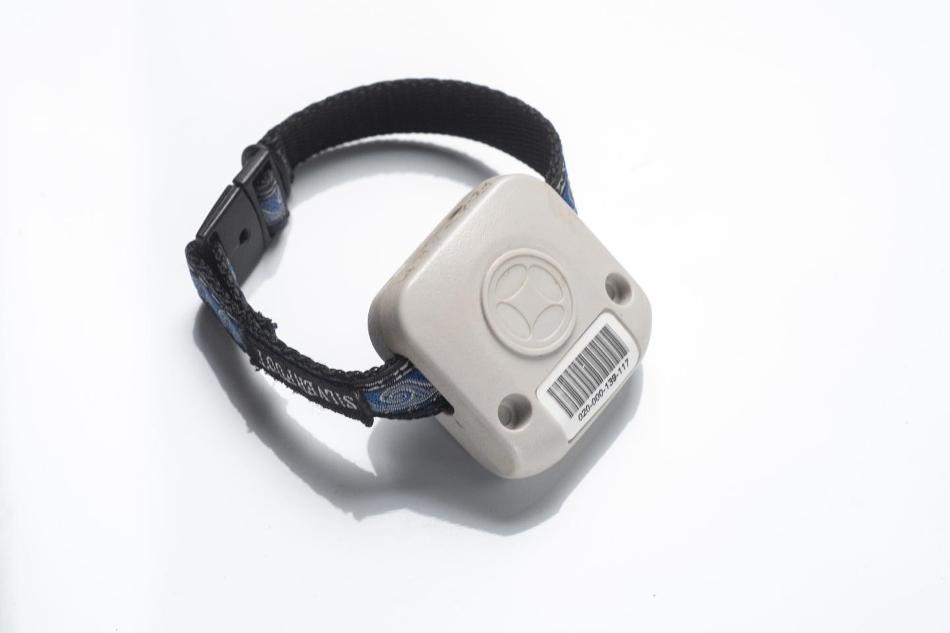May 15 2018
Residents in Assisted Living Facilities (ALF) are more prone to falling. Now, an innovative technology that enables BMW's assembly lines to operate more efficiently is now being applied to accurately predict the risk of falling in ALF residents.
 53 Assisted Living Facility (ALF) residents wore the wristbands for one-year to help researchers determine changes to their walking patterns. (Image credit: University of South Florida)
53 Assisted Living Facility (ALF) residents wore the wristbands for one-year to help researchers determine changes to their walking patterns. (Image credit: University of South Florida)
William Kearns, associate professor at the University of South Florida College of Behavioral and Community Sciences and president of the International Society for Gerontechnology, gathered 43 million pieces of location data by tracking the movements of 53 ALF residents for one year. To do this, he used a Real-Time Location System (RTLS) sensor network to track their wristbands. Ubisense developed this technology, which is now being used by BMW. Dr. Kearns used a mathematical tool called fractal dimension to calculate the straightness of the residents’ walk in near real-time. This tool is used to explain how intricate travel patterns change based on the measurement scale.
From my previous research, my colleagues and I found the poorer the score on the Mini Mental State Exam, which assesses cognitive function, the higher the fractal dimension value. It's through this calculation I learned that increased errors navigating the environment are related to long-term cognitive impairment due to dementia.
Dr. William Kearns
Dr. Kearns reached this conclusion after his research at the Sunrise Village Assisted Living Facility located in Tampa. At this facility, automated computerized reports on fractal dimension value of each resident were produced. Future day-to-day reports will enable administrators to more closely track the growing signs of wandering and explore the possible causes, for example, changes to a resident's medication, diet, or sleeping patterns. Furthermore, fractal dimension values of the residents can be reduced by making adjustments; this will improve their navigation and eventually prevent an imminent fall.
High turnover rates are common in most ALFs, some surpassing 50% every year. Therefore, the "corporate memory" regarding an elder's health status may be deleted after only a few months. Moreover, ALFs are usually understaffed and unable to extend the required continuous individualized attention and care to the residents.
We found the study by Dr. Kearns to be eye-opening. By monitoring our residents' walking pattern and any deviation, we, along with the visiting physician or ARNP, could intercede after investigating the cause. In many cases, this intervention prevented hospitalization of the resident or re-admission. And the residents involved in the study were excited to have a role.
Bunny Markarian, Former Administrator at Sunrise Village Assisted Living
When compared to GPS, RTLS is much more precise and updates 100 times each second. It accurately pinpoints one's location, be it outdoors or indoors, within six inches. Featuring a one-meter resolution, GPS is also restricted to the outdoors. RTLS, on the other hand, is most effective for open floorplans, usually found in ALFs, as there are normally fewer obstacles to negatively impact accuracy.
According to Dr. Kearns, the wristband technology will ultimately be employed in at-home care. He will present the study results at the International Society for Gerontechnology 11th World Conference on May 7, 2018, at 5 PM (EST) in St. Petersburg, Florida.